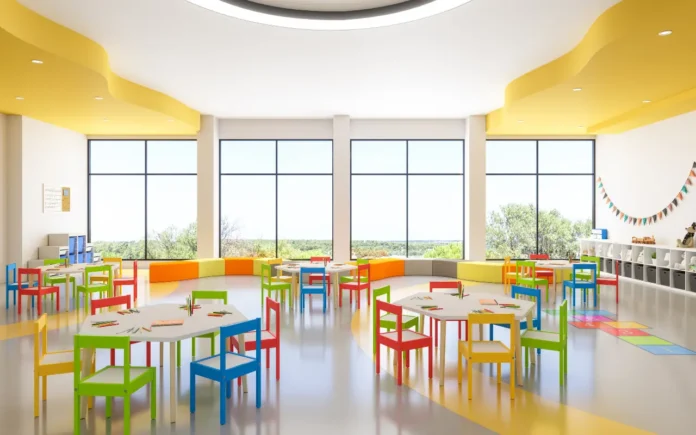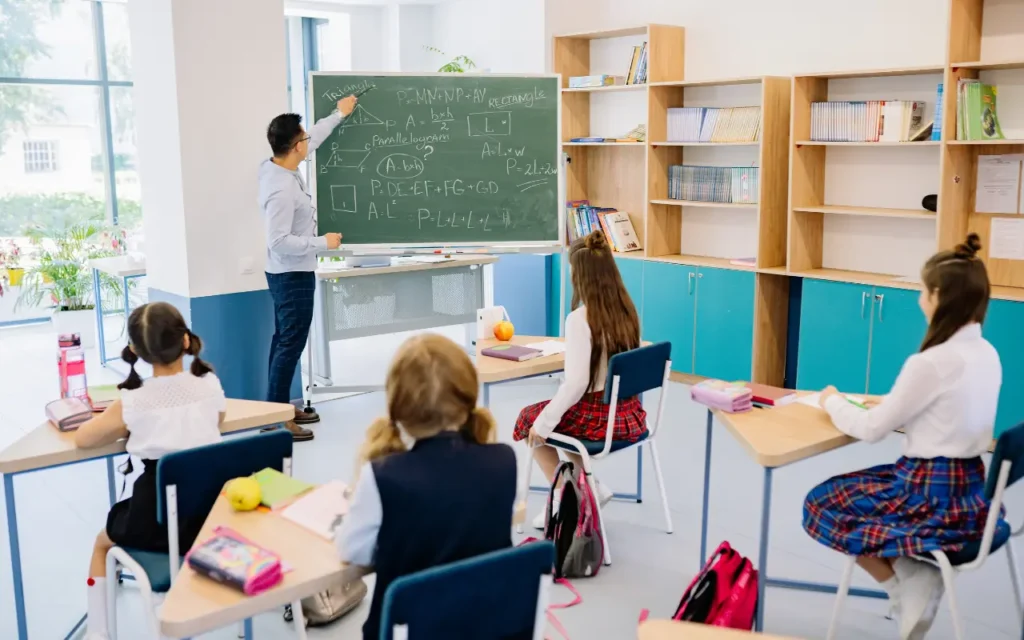
Classroom furniture plays a bigger role in student learning than many people think. The layout, comfort, and flexibility of desks, chairs, and tables all shape the learning experience. Students respond not only to what they are learning but also to where and how they are learning. A well-designed space can support focus, reduce distractions, and encourage collaboration. When students feel physically comfortable, they are more likely to stay alert and take part in lessons. The setup of a classroom can either help or hurt a teacher’s efforts to keep students engaged. With the right furniture, the learning space becomes more than just a room—it becomes a tool that supports every lesson. Thoughtful choices in design can turn any classroom into a place where students feel ready to learn.
The Role of Layout in Student Focus
How furniture is arranged in the classroom directly affects student attention and behavior. A layout that allows clear sightlines to the teacher helps keep students engaged in lessons. Arranging desks in small groups or clusters encourages collaboration and discussion. Spacing is also important because crowded classrooms can feel overwhelming. When students have enough room to work without bumping into each other, it reduces stress and distractions. Layout decisions should support both individual work and group interaction. Classrooms that offer options for how students sit or gather tend to feel more dynamic and inviting. The right setup supports a smooth flow of movement and helps keep the class on track.

Comfort Supports Concentration
Comfortable seating is key for keeping students focused throughout the day. If a chair is too hard, too low, or poorly designed, it becomes a distraction. Students may spend more time fidgeting than learning. Ergonomic chairs and desks that fit student sizes help reduce discomfort. Younger children especially benefit from furniture made for their height and posture needs. Good seating improves circulation and reduces fatigue, which helps students stay on task longer. When physical distractions are minimized, mental focus increases. Schools that prioritize learning environment furniture create spaces that support both health and attention.
Flexibility Encourages Participation
Furniture that can be moved and rearranged easily adds a layer of flexibility that many classrooms need. Teachers often shift between direct instruction, group work, and hands-on activities. When desks and tables are hard to move, it limits how the space can be used. Mobile or lightweight furniture allows the classroom to adapt quickly. Students can also take part in shaping their learning environment, which builds ownership and confidence. This flexibility supports a wider range of teaching styles and learning preferences. A room that can change to fit the lesson keeps energy high and students more involved. Changing up the space can help learning feel more engaging and less routine.
Organization and Cleanliness Matter
Furniture also plays a role in how clean and organized a classroom stays. Desks with built-in storage help reduce clutter, giving students easy access to materials without leaving their seats. Organized spaces are easier to manage and help students stay focused. When everything has a place, routines are smoother and transitions between activities happen faster. Cluttered environments can increase anxiety and lead to more distractions. Simple storage solutions built into furniture create better habits and support daily classroom flow. A clean and organized space helps students stay focused and do their best.

Building a Positive Learning Culture
The look and feel of a classroom influence how students view learning. Bright, welcoming furniture can create a space that feels safe and inspiring. When students walk into a room that feels cared for and thoughtfully arranged, it sends a message that learning matters. Furniture colors, styles, and arrangement all add to that message. Students are more likely to respect the space when it reflects their needs. The right furniture can boost morale and create a stronger connection between students and their school. A positive space helps build routines, encourages respect, and supports learning at every level.
Classroom furniture is more than a background detail—it’s a part of the learning process. The comfort, layout, and flexibility of the furniture all impact how students feel and perform in school. Students pay more attention and stay involved when the space works for them. Teachers also benefit from classrooms that are easy to manage and adapt to different activities. Well-planned furniture choices support better learning and stronger classroom communities. Schools that invest in thoughtful design create places where students can thrive. Every desk, chair, and table becomes a tool that helps build better learners. With the right furniture, classrooms become places where engagement and growth come naturally.
Further Reading
- Empowering Homeschoolers: Incorporating Financial Education for Future Success
- Secure Your Child’s Future: Tuition Aid for Private Schools









